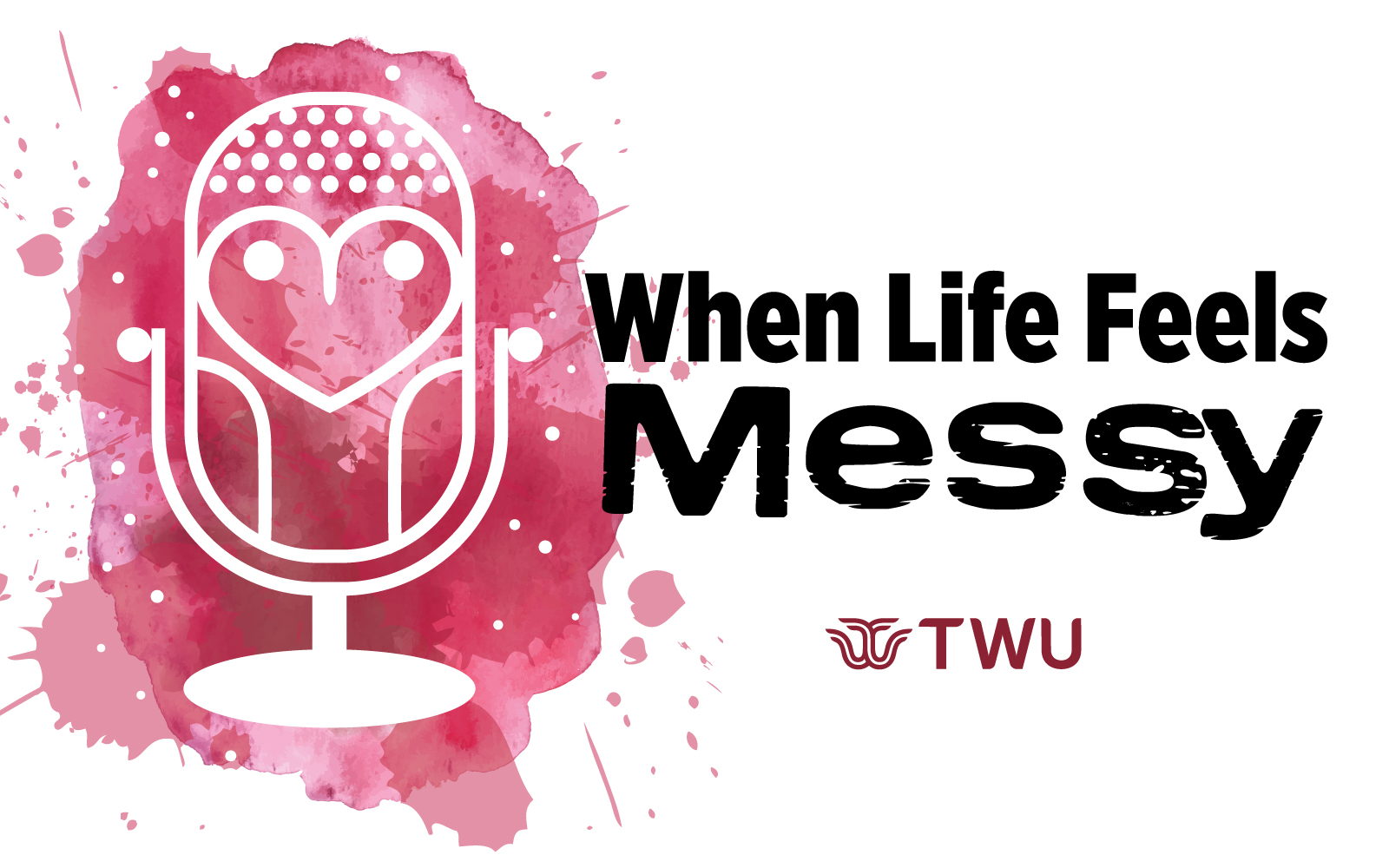You wake up knowing exactly what needs to get done — that
assignment, that email, the laundry piling up — but somehow, you just… can’t
start. You scroll through your phone, stare at your to-do list, and feel the
weight of everything you “should” be doing, yet you just can’t get yourself to do it.
Sound familiar?
Losing motivation is something we all experience from time
to time and is very common for college students. But when it becomes a pattern — when the energy, focus, and drive you
used to have seem to vanish — it can be discouraging and confusing. It’s easy
to think you’re being lazy or unproductive, but in reality, what’s often
happening has much more to do with mental health and executive
dysfunction than with willpower.
Motivation isn’t just about “trying harder.” It’s a complex
process that involves the brain’s reward system, emotions, and energy
regulation. When your mental or physical resources are low, that system can
easily short-circuit.
Common reasons motivation might disappear include:
- Stress and burnout: Your brain and body can’t keep running on empty.
- Anxiety or perfectionism: Fear of doing something “wrong” can lead to paralysis.
- Depression: Everything can start to feel heavy, pointless, or overwhelming.
- Executive dysfunction: A disruption in the brain’s ability to plan, initiate, and follow through with tasks.
When we see motivation as purely a mindset issue, we miss
the deeper truth — that something in our system is overloaded, under-supported,
or dysregulated.
Executive dysfunction is what happens when the brain’s “manager” — the part responsible for organizing, planning, focusing, and regulating — isn’t functioning smoothly. You might experience it as:
- Knowing what needs to be done but being unable to start
- Constantly losing track of time or getting distracted
- Feeling overwhelmed by multi-step tasks
- Having bursts of productivity followed by complete shutdowns
These experiences are common in people with ADHD, depression,
anxiety, or trauma, but they can also appear during periods of
high stress, exhaustion, or change.
Executive dysfunction doesn’t mean you’re broken or lazy. It means your brain’s regulation systems are struggling to keep up with the demands placed on them. Here’s what often happens:
- You can’t get started on something.
- You feel guilty or frustrated.
- That guilt turns into shame — “What’s wrong with me?”
- Shame drains even more energy, which makes it harder to start.
- The cycle continues.
The more we label ourselves as “unmotivated” or “lazy,” the
more we reinforce the emotional barriers that keep us stuck. Recognizing that
executive dysfunction and mental health challenges are real barriers
helps break that cycle.
So how do we reignite motivation and support executive function?
When motivation disappears, willpower alone won’t bring it
back — but understanding how motivation actually works can make a big
difference.
Most of the time, motivation doesn’t just show up on its own
— and that’s completely normal. We often wait to feel ready before
taking action, but in reality, motivation is something we build, not
something we wait for. Small actions are what help jump-start your brain’s
reward system, and that’s what begins to create momentum.
Here are some ways to help your brain get unstuck and
reengage:
1. Start Small — Really Small
- Your brain resists overwhelm. Pick the smallest possible step:
- “I’ll open the document.”
- “I’ll put one item away.”
- “I’ll work for five minutes.”
- Each tiny action sends a signal to your brain that you’re capable of movement, which slowly builds motivation and confidence. Completion — not perfection — is what fuels progress.
2. Use External Supports
- When your brain struggles to self-manage, let your environment do some of the work:
- Use timers, alarms, or sticky notes.
- Create a checklist you can see, not just think about.
- Try “body doubling” — working alongside someone else (even virtually).
- Set up visual cues, like leaving your water bottle or notebook in sight.
3. Regulate Before You Motivate
- It’s hard to do anything when your nervous system is dysregulated. Before pushing for productivity, pause and check in with your body:
- Have you eaten or hydrated recently?
- Do you need a five-minute movement or stretch break?
- Could a short sensory reset help (deep breaths, cool water, grounding sounds)?
- When your body feels safe and cared for, your brain is more capable of focusing and following through.
4. Challenge Harsh Self-Talk
- The words you use with yourself matter. Replace “I’m lazy” with:
- “My brain is having trouble switching tasks right now.”
- “I’m not unmotivated — I’m overwhelmed.”
- “I can take one small step and see what happens.”
- Self-compassion doesn’t make you complacent — it makes your brain feel safe enough to try again.
5. Address Underlying Factors
If motivation consistently feels out of reach or your energy
rarely returns, it may be time to explore what’s underneath. Depression,
anxiety, ADHD, and burnout all affect executive function — and addressing those
roots can make a big difference in how motivation shows up.
It’s okay if you don’t feel ready. Start anyway, gently. And
when you can’t, that’s not failure — that’s a sign your brain might need rest
or support, not punishment. When motivation disappears, it’s not a personal
flaw — it’s communication from your mind and body. They’re asking for rest,
regulation, and compassion.
So next time you find yourself stuck, instead of demanding
more from yourself, try asking:
“What do I need right now to help my brain come back
online?”
Sometimes the answer is movement. Sometimes it’s connection. And sometimes it’s simply permission to pause. Motivation will return — not through force, but through understanding.
Take care, Pioneers!
TWU CAPS


Comments
Post a Comment